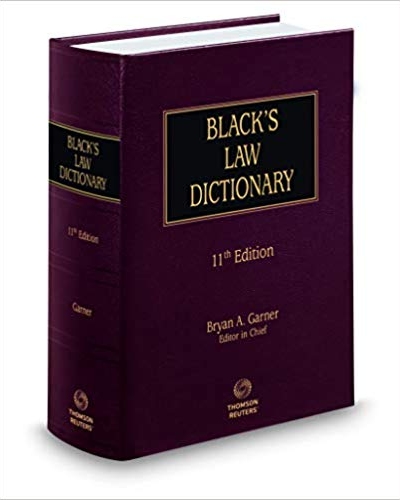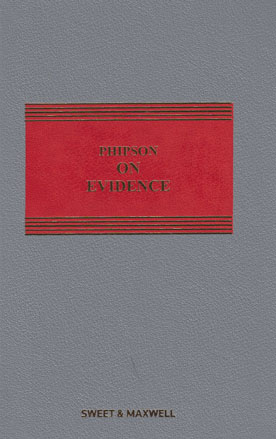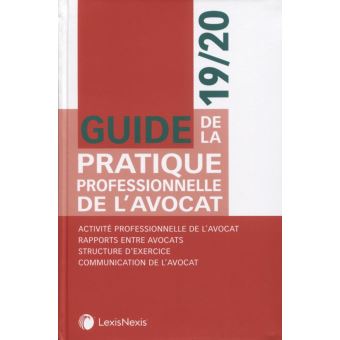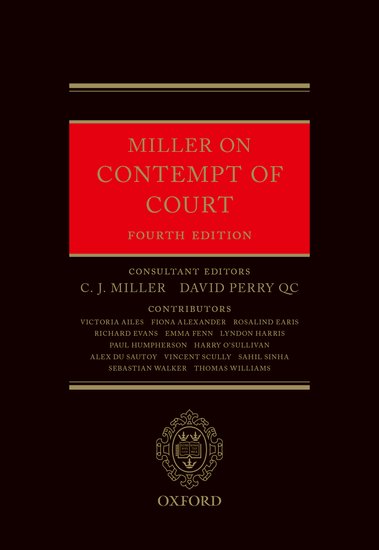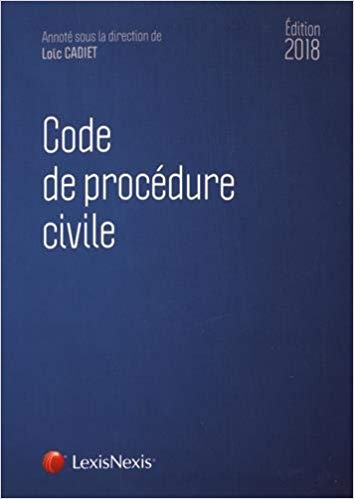Description
Written by experienced advocates and advocacy trainers, Advocacy provides an excellent introduction to the skills and techniques required to be an advocate. Coverage includes guidance on making opening and closing speeches; planning and delivering examination-in-chief and cross-examination; questioning witnesses; as well as examples of specific questioning techniques which may be employed in practice. Additionally, authors highlight the ethical boundaries and rules within which an advocate must work.
Advocacy covers both criminal and civil court proceedings, and includes a number of how-to-do-it guides illustrating how particular applications should be made when in practice.
- Contents:
- Part I: Introduction
- 1:Introduction
- 2:The qualities of the advocate
- 3:Ethics, etiquette, and cross-cultural communication in the courtroom
- Part II: The Basic Components for Application and Submissions
- 4:Recognising competence – advocacy skills criteria
- 5:Preparing for court
- 6:The content of your application
- 7:Structuring your application
- 8:Delivering your application
- 9:Persuasion
- Part III: Preparing for Advocacy
- 10:Your voice and speech
- 11:Memory and recall
- 12:Note-taking
- 13:Modes of address
- 14:The advocate as storyteller
- 15:The course of a trial
- Part IV: Opening and Closing a Case
- 16:Opening speeches
- 17:Closing speeches
- Part V: Witnesses
- 18:The task ahead
- 19:Basic components for witness handling
- 20:Basic questioning skills
- 21:Examination-in-chief
- 22:Cross-examination
- 23:Re-examination
- Part VI: How-to-do-it Guides
- 24:Using this Part of the manual
- 25:Skeleton arguments
- 26:Default judgments
- 27:Summary judgments
- 28:Interim payments
- 29:Applying for an injunction
- 30:Applications in the Chancery Division
- 31:The Companies Court
- 32:Possession cases
- 33:Application for a preliminary reference to the Court of Justice of the European Union
- 34:Applying for costs in a civil case
- 35: Employment Tribunals
- 36:Remands/adjournments
- 37:Bail application
- 38:Conducting a voir dire or ‘trial within a trial’
- 39:Making a submission of no case to answer
- 40:Prosecuting a plea of guilty in the Crown Court
- 41:The plea in mitigation
- Appendix: A criminal case: R v Heath

